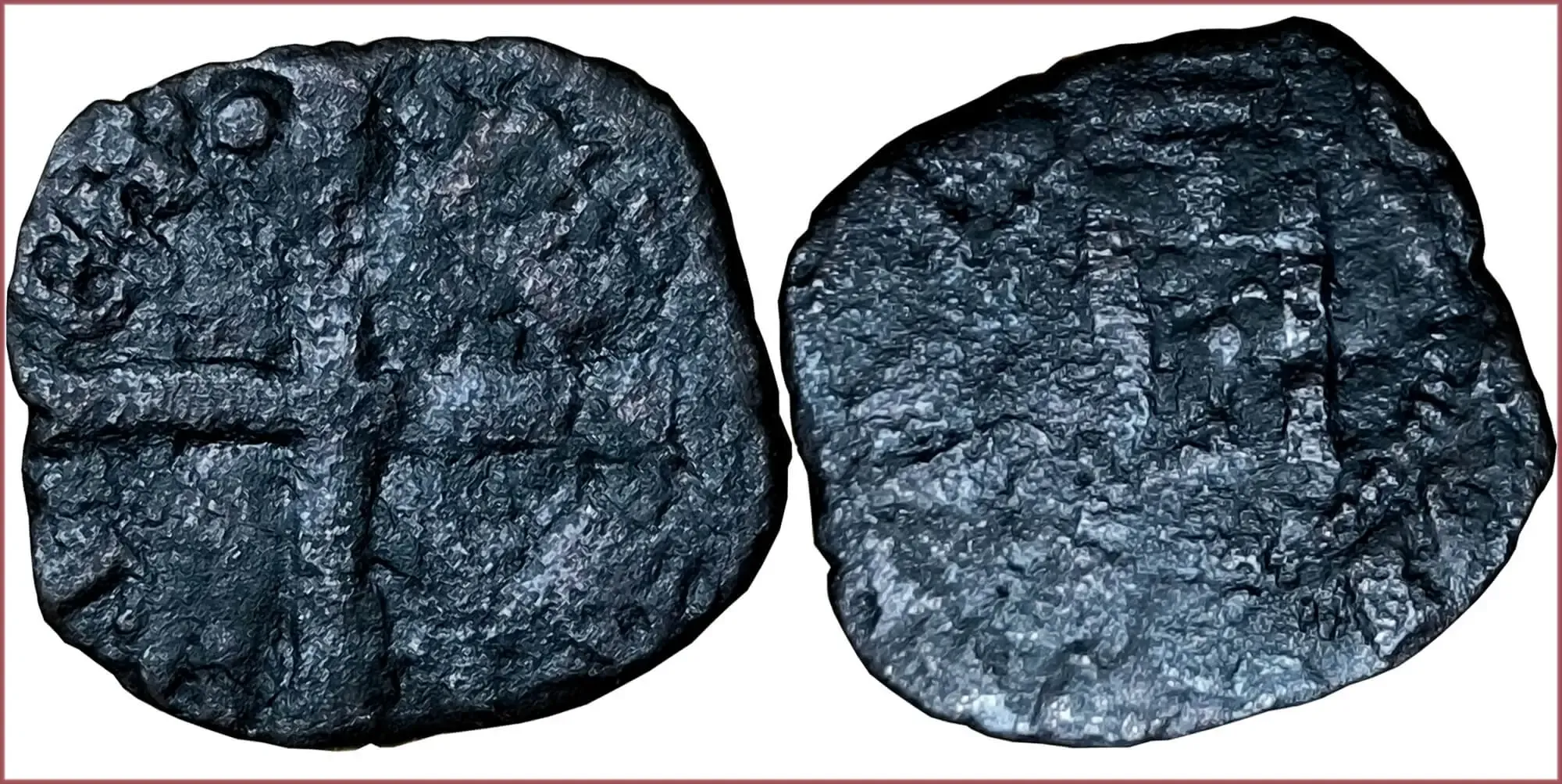QUARTARO: COIN OF GENOA (ITALY)
Quartaro, 1139-1339: Republic of Genoa
Ruler: Conrad III — king of Germany and Italy (since 1127); the first representative of the Hohenstaufen dynasty; in 1139 granted the right to the mints of Genoa, Piacenza and Asti.
Cross and legend in Latin CVRAD REX (King Conrad; other versions of the legend — CONRADVS).
A castle with three towers (heraldic symbol of Genoa) and the legend in Latin Q IANUA (probably Q — quartaro or quarta denaro / IANUA — the spelling of the name of the city of Genoa in those times).
It is impossible to determine the exact date of the coin: it is assumed that it was first issued during the reign of Conrad III, but then the same design could continue to be issued for another two centuries in a row.
- Copper: 15 mm - 0.66 g
- Reference price: 16$
COIN QUARTARO — WHERE & WHEN (coins catalog: by names & emitents)
- REPUBLIC OF GENOA (Medieval Italy, 12th-14th centuries): quartaro = 1/4 denaro
QUARTARO as coin name.
Quartaro — smallest copper coin of the historical Republic of Genoa (now Italy) during 12th-14th centuries. It was 1/4 local denaro.
Italian numismatic web sources mention only two varieties of this coin: quartaro of the Republic of Genoa proper (5 types) and quartaro of the city of Bonifacio (a Genoese colony on the island of Corsica, modern France; at least 1 type).
The 1st type of the quartaro of the Republic and the only type of the Corsican colony of Genoa were very similar in appearance — except for the different legends. Each of these coins contained images of typical Genoese heraldic symbols: a castle with three towers (another version: the city gate of Genoa) and a cross.
The quartaro of the II-V types also decorated the cross, but on the other side, instead of a castle, a mythical griffin flaunted itself. It is precisely the griffin next to the cross that forms the basis of the coat of arms of the city of Genoa.
The legend of some quartaros included the symbol "Q" (short for "Qartaro") or the name of the denomination in full. In some numismatic catalogs, the quartaro of the first type is, for some reason, called "Denaro Minuto". At the same time, they also contain the symbol "Q" in the legend...
All these rather small (from 0.5 to 1.5 grams) undated copper coins belong to the period from 1139 (the opening of the Mint in Genoa) to 1339 (a large-scale reform: the introduction of the institution of elected doges on the model of Venice). According to some sources, the quartaro contained a small amount of silver.
The name of the quartaro coin comes from the Latin term "quarta" — a quarter, a fourth part: it refers to the equality of a quartaro to a fourth part of a denaro.
It is worth distinguishing the quartaro from other similar Italian coins:
- — the quartarolo, which was also equal to 1/4 denaro, but in Venice;
- — quattrino, which is not a quarter of the larger size, but itself consisted of 4 denaro.
Also, in numismatics, etymologically similar names of coins of other states are distinguished: kwartnik, quarting, quart, cuarto, quarter...











